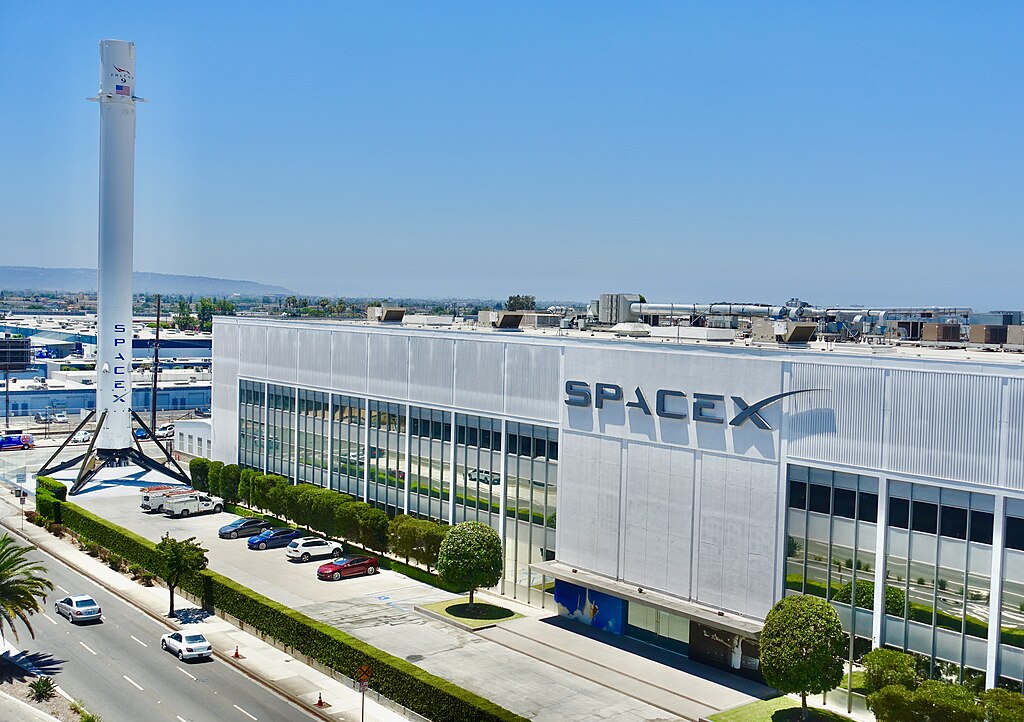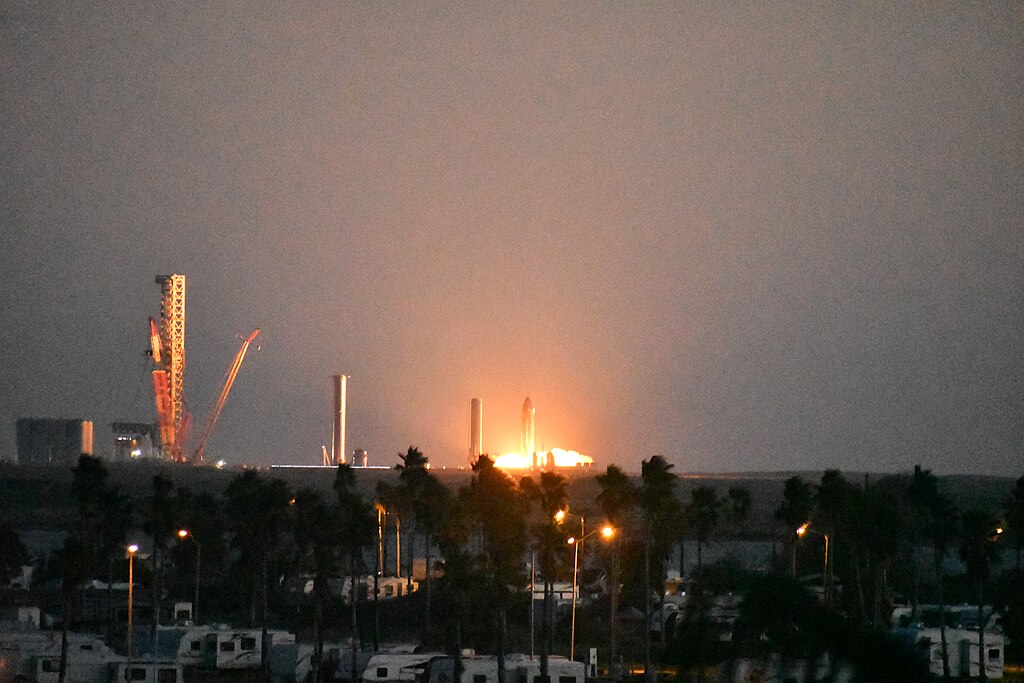This text was initially revealed at The Dialog. The publication contributed the article to Area.com’s Knowledgeable Voices: Op-Ed & Insights.
This was the ninth check flight for the rocket, and the third catastrophic failure in a row, simply this yr.
Is that this what we should always anticipate from the very ship some are relying on to take people additional than we’ve ever been within the photo voltaic system? Or does this failure level to deeper considerations inside the broader program?
A decade of growth
The Starship program from Elon Musk’s area know-how firm, SpaceX, has been in growth for greater than a decade now and has undergone many iterations in its total design and targets.
The Starship idea is predicated upon the SpaceX Raptor engines for use in a multistage system. In a multistage rocket system, there are sometimes two or three separate blocks with their very own engine and gasoline reserves. These are significantly essential for leaving Earth’s orbit and travelling to the Moon, Mars and past.
With Starship, the important thing issue is the power to land and reuse huge quantities of the rocket phases time and again. The corporate’s Falcon 9 automobiles, which used this mannequin, have been fantastically profitable.
Preliminary assessments of Starship started in 2018 with two low-altitude flights displaying early success. Subsequent flights have confronted quite a few challenges with now 4 full failures, two partial failures and three successes total.
Simply two days in the past, throughout the newest failed try, I watched alongside greater than 200 different area trade consultants on the Australian Area Summit in Sydney. Broadcast dwell on an enormous display, the launch generated an excited buzz – which quickly turned to reserved murmurs.
After all, designing and launching rockets is difficult, and failures are to be anticipated. Nevertheless, a 3rd catastrophic failure inside six months calls for a pause for reflection.
On this explicit check flight, as Starship positioned itself for atmospheric re-entry, one among its 13 engines didn’t ignite. Shortly after, a booster appeared to blow up, main to a whole lack of management. The rocket finally broke aside over the Indian Ocean, which tonnes of particles will now name dwelling.

Polluting Earth in pursuit of area
We don’t know the precise monetary value of every check flight. However Musk has beforehand stated it’s about US$50–100 million.
The precise environmental value of the Starship program – and its repeated failures – is even tougher to quantify.
For instance, a failed check flight in 2023 left the city of Port Isabel, Texas, which is positioned beside the launch web site, shaking and coated in a thick cloud of filth. Particles from the exploded rocket smashed vehicles. Residents advised the New York Occasions they have been terrified. In addition they needed to clear up the mess from the flight.
Then, in September 2024, SpaceX was fined by the US Environmental Safety Company and the Texas Fee on Environmental High quality for 14 separate incidents since 2022 the place the launch services discharged polluted water into Texas waterways. Musk denied these claims.
That very same month, the US Federal Aviation Administration (FAA) proposed a high quality of US$633,009 in civil penalties must be issued to SpaceX. This was on the grounds of utilizing an unapproved launch management room and different violations throughout 2023. Musk denied these claims too and threatened to countersue the FAA for “regulatory overreach”.
It’s unclear if this go well with was ever filed.
Two different failed launches in January and March this yr additionally rained rocket particles over the Caribbean, and disrupted tons of of economic flights, together with 80 which wanted to be diverted and greater than 400 requiring delayed takeoff to make sure they have been getting into secure air area.

Success of various area packages
Till final yr, the FAA allowed SpaceX to attempt as much as 5 Starship launches a yr. This month, the determine was elevated to 25.
Rather a lot can go flawed throughout a launch of a automobile to area. And there’s a lengthy option to go till we will correctly decide whether or not Starship efficiently meets its mission targets.
We are able to, nonetheless, have a look at previous packages to grasp typical success charges seen throughout completely different rocketry packages.
The Saturn V rocket, the workhorse of the Apollo period, had a complete of 13 launches, with just one partial failure. It underwent three full floor assessments earlier than flight.
SpaceX’s personal Falcon 9 rocket, has had greater than 478 profitable launches, solely two in flight failures, one partial failure and one pre-flight destruction.
The Antares rocket, by Orbital Sciences Company (later Orbital ATK and Northrop Grumman) launched a complete of 18 instances, with one failure.
The Soyuz rocket, initially a Soviet expendable service rocket designed within the Nineteen Sixties, launched a complete of 32 instances, with two failures.
No signal of warning
After all, we will’t pretty evaluate all different rockets with the Starship. Its targets are actually novel as a reusable heavy-class rocket.
However this newest failure does elevate some questions. Will the Starship program ever see success – and if that’s the case when? And what are the boundaries of our tolerance as a society to the air pollution of Earth within the pursuit of the aim to area?
For a rocketry program that’s transferring so quick, growing novel and complicated know-how, and experiencing a number of repeated failures, many individuals would possibly anticipate warning any longer. Musk, nonetheless, has different plans.
Shortly after the newest Starship failure, he introduced on X (previously Twitter), that the following check flights would happen at a quicker tempo: one each three to 4 weeks.
This text is republished from The Dialog below a Artistic Commons license. Learn the unique article.


